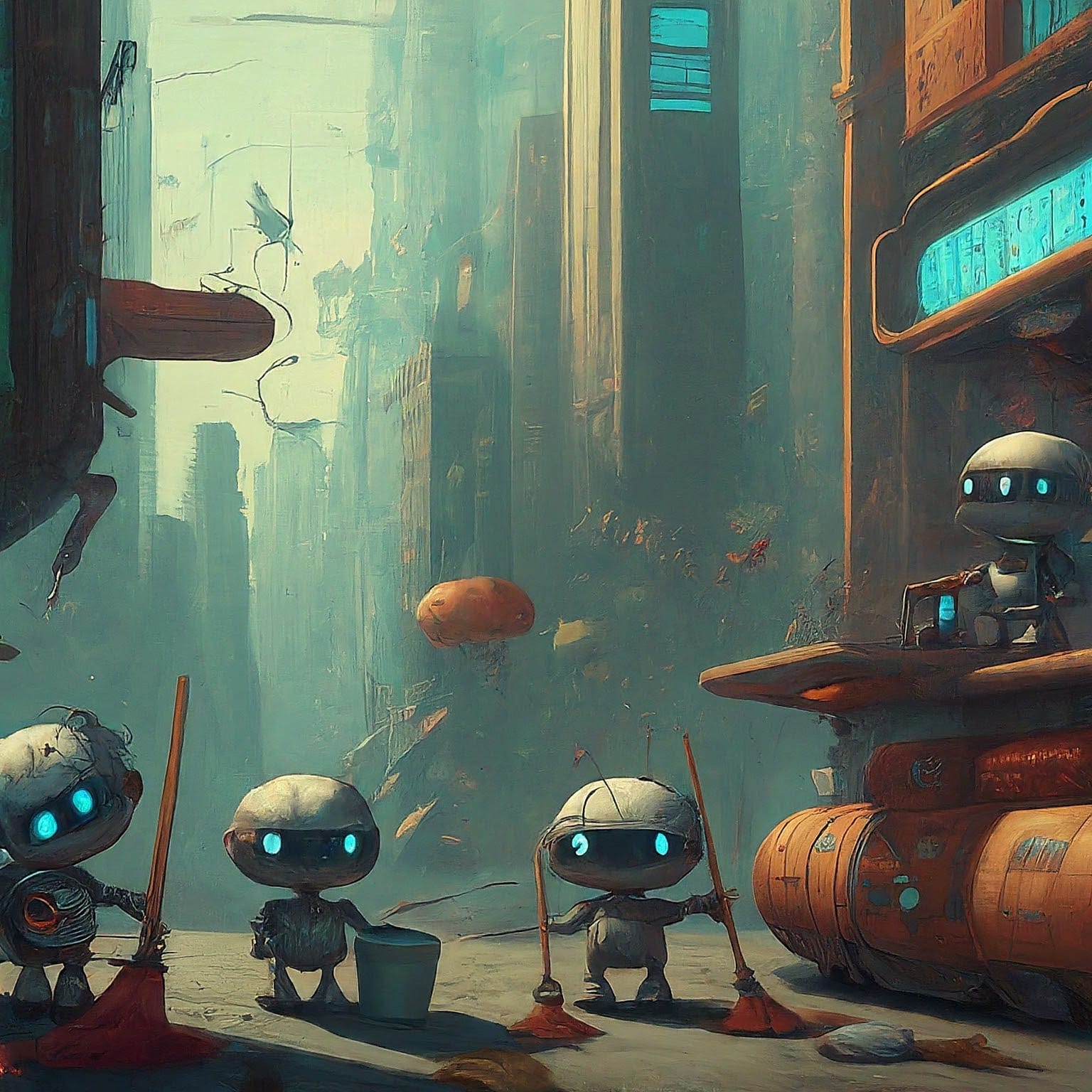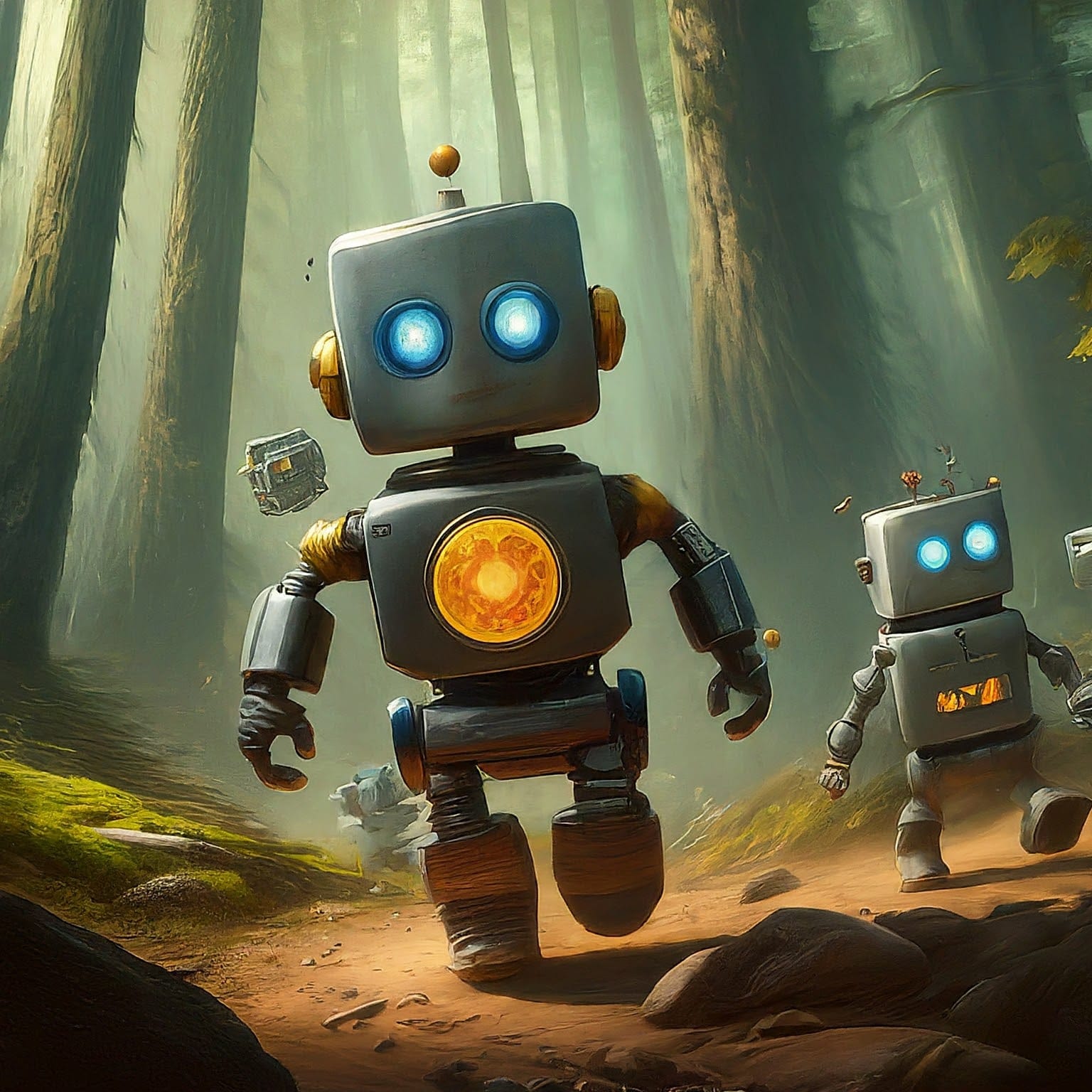AI agents are intelligent systems designed to understand their environment, process information, and take action in pursuit of specific goals.


AI agents are software programs or systems designed to sense their environment, process that information, and take actions to achieve specific goals. They range from simple rule-following systems to sophisticated, autonomous entities capable of learning and adapting over time.
With the recent advances in generative AI, there is now the capability to build AI agents smarter than anything we've seen before, capable of going far beyond automating simple tasks with limited reasoning. With Large Language Models (LLMs) powering the new breed of AI agents, these new, smarter agents can plan and work towards long-term goals autonomously.

AI agents are found solving a wide range of problems across multiple industries and the number of AI agent use cases is growing rapidly. Here are some specific real-life examples of what AI agents are doing today:
Many of these examples won't come as a surprise as we're used to these types of AI agents in our day-to-day lives, but as the capability of LLMs and the associated technologies increase we're starting to see the emergence of a new breed of AI agent.
A great example of this is Devin, the so-called "first AI software engineer". This is an AI agent that goes well beyond simple code generation, it takes high-level requirements and writes software to satisfy those requirements very much in the same way a human would, even resolving unexpected events. Devin is in its early stages and we'll have to wait and see how capable it really is, but rest assured this is just the beginning.
As LLMs become more capable so do the AI agents built with them and we've seen how quickly LLMs are improving. The new breed of AI agents will allow businesses to operate effectively with less staff and produce greater results. A recent example of this is how Klarna's AI assistant (read AI agent) handles two-thirds of customer service chats.
With businesses able to essentially "employ" AI agents at scale to solve real-world problems there is going to be huge demand for those that can design and deploy effective AI agents. The good news is that this is getting easier by the day.
There are several ways to categorize AI agents but it is generally considered that there are five types of agents in AI.
In practice, I don't think it matters what the "type" the AI agent is, at the end of the day each AI agent will work toward a specific goal based on the context and instructions it's given.
AI agents function in a variety of different ways depending on how they're designed and what tools and frameworks have been used to build them. However, many of the steps outlined below would make up a typical AI agent workflow:
As businesses recognize the impending AI agent revolution, solution providers are popping up all over the place with tools and frameworks to make it easy to build these AI agents. From no-code, to low-code to complete Python libraries and more. The list of frameworks and tools is simply overwhelming. Here are some of the more popular offerings I've come across:
LangChain is a framework that streamlines the process of building applications that use large language models (LLMs). It offers open-source libraries for development, tools like LangSmith for quality control and optimization, and LangServe for easy deployment of your LLM-powered applications as REST APIs.
Rivet is a tool that simplifies the process of building AI agents powered by Large Language Models (LLMs). Its visual interface makes it easy to design and test the prompts used to guide the LLM. Rivet helps teams collaborate, debug, and ultimately deploy these AI agents into their production environments. Ironclad, the company behind Rivet, found it invaluable in overcoming the challenges of building AI agents through traditional coding methods.
Vertex AI Agent Builder is a platform designed to streamline the creation of conversational AI agents without extensive coding. It offers visual tools for designing AI interactions, connects to Google Search or your own enterprise data for accurate responses, and provides customization options ranging from low-code to code-first development.
CrewAi is a framework designed to orchestrate autonomous, role-playing agents, to achieve complex goals through their combined intelligence.
LlamaIndex is an open-source data framework designed to streamline the process of building enterprise-ready applications powered by Large Language Models (LLMs). It provides tools to easily connect your diverse data sources (structured, unstructured, APIs, etc.) to your LLMs, store and index that data for efficient use, orchestrate complex LLM interactions, and thoroughly evaluate your application's performance.
These tools and others like them are making it easier to build sophisticated AI agents that work together to solve complex problems autonomously. When starting out building AI agents it's important to start small and focus on simple tasks first as you learn which tools work best for you. As you get more experienced it'll be easier to solve more complex problems that perhaps need multiple AI agents working together.
AI and AI agents possess the power to significantly transform the job market. While they undoubtedly create new opportunities, it's equally important to acknowledge potential disruptions. The impact will vary across industries, with some facing a more pronounced shift than others.
Routine, repetitive tasks are particularly susceptible to automation powered by AI agents. Jobs in data entry, customer service, and certain manufacturing roles might see displacement. However, AI also fosters the emergence of entirely new job categories. Individuals skilled in AI development, data analysis, and ethical oversight of AI systems will be in high demand as the technology matures.
The focus will likely shift from task-based roles to ones emphasizing creativity, critical thinking, and collaboration with intelligent AI systems. Adaptability and a willingness to continuously learn new skills will be crucial for workers to stay ahead in the evolving workforce.
Overall, AI and AI agents should be viewed as powerful tools, not purely a disruptive force. Embracing collaboration between humans and AI agents has the potential to unlock greater productivity and innovative solutions.

AI agents represent a transformative force in our technological landscape. Their capabilities, ranging from simple automation to the ingenuity displayed by systems like Devin, are rapidly expanding. We've witnessed their success in everyday tasks like customer service and virtual assistance, and this is just the beginning. Powered by increasingly sophisticated LLMs, the new breed of AI agents ushers in an era of unprecedented efficiency and innovation.
As businesses adopt AI agents at scale, the demand for skilled individuals – those who can design, deploy, and manage these systems – will skyrocket. Alongside potential job displacement in certain sectors, AI will create exciting new professions. To thrive in this shifting landscape, workers must embrace adaptability and continuous learning.
Understanding the different types of AI agents, their core workflow steps, and the powerful frameworks enabling their creation is key. While it's wise to start small and master the basics, the rapidly evolving field of AI agents promises a future where complex problems are solved through the remarkable collaboration of human intelligence and AI-driven ingenuity.